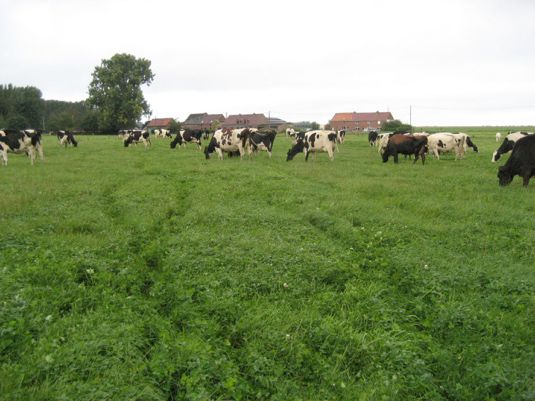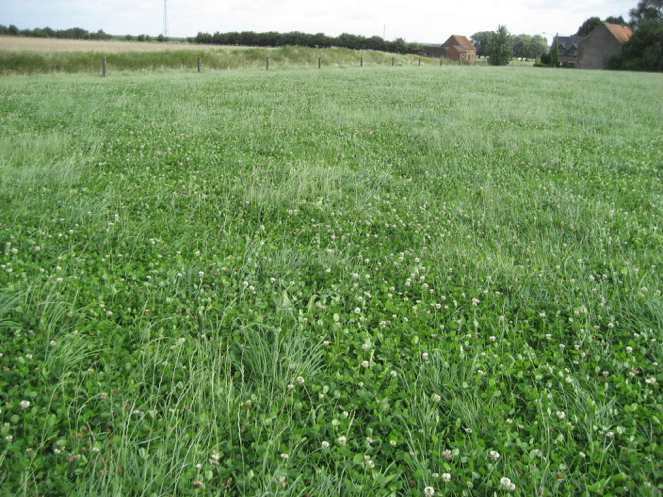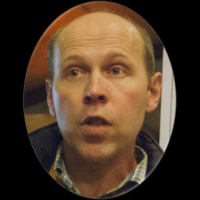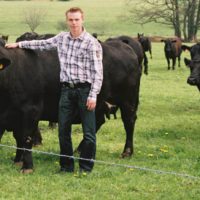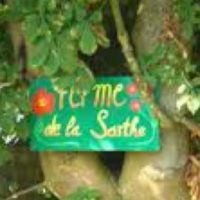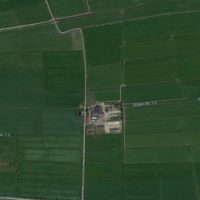Description
System of organic rotational stocking with white clover: The surface of permanent grasslands (22 ha) is divided into 40 plots. The vegetation is dominated by perennial ryegrass and white clover. Rest periods range from 5 to 6 weeks, and occupation periods from 1 to 2 days. Nitrogen fertilization is based on white clover and compost. Basic dressing consists of young composted manure.
Farm system: The farm system aims at fodder autonomy. The animals are fed in priority by grazed grass. Stocks of winter forage are produced on the farm on the basis of legume-based temporary grasslands. Dairy cows receive also concentrates produced on the farm. The system includes also a partial processing of the dairy production into cheese and butter and marketing of these processed products in direct sale on the farm. It is also characterized by the absence of large investments in buildings and machines.
Holstein x Jersey cross-breed: The dominant breed is the Holstein Friesian but part of the herd is a cross between this breed and the Jersey breed. The cows resulting from this crossing are smaller, have less maintenance requirements, and use better grasslands than Holstein Friesian cows. These crossed animals recover also better after calving or drying up.
Before 1987, the dairy production system was intensive. This system required a lot of work and did not ensure a sufficient income. In 1987, the farmer understood that grazing is the cheapest feeding system for dairy cows. Part of the green maize area was gradually converted to permanent grassland. Stocking management remained though rather complicated. In 1995, the farmer discovered the system of André Pochon based on perennial ryegrass and white clover, without inorganic nitrogen fertilization and with standard rest periods (5 to 6 weeks) in the course of the years. As a result, the system became much simpler. In 1998, green maize was deleted from animal feeding and the farm became completely forage and concentrate self- sufficient. Starting from 2001, part of the dairy products were processed into butter and half hard cheese. In 2009, under the influence of the farmer’s wife, the system converted to organic.
Farm description
Environment
- Soil type: Loam
- Climate: Temperate oceanic climate
- Altitude: 70 m asl
- Slope: 0 %
Grassland management
- Grazing : Yes
- Grazing management type: Rotational
- Hay and silage
- Most grasslands are exclusively grazed
- Exclusively mown temporary grasslands are cut four times a year
Structure
- Annual Work Unit: 3
- Agricultural Area : 50 ha UAA
- Permanent grassland area: 22 ha
- Temporary grassland area: 20 ha
- Annual crop area: 8 ha
- Breed: Holstein Friesian and cross breed with Jersey
- Stocking rate: 1.7 LU per ha of grassland area
Animal performance
- Dairy production: 6,500 l/cow*year
Why it is working
Adequate techniques have been found.
They are applied in a rigorous way.
The whole farm system is coherent.
